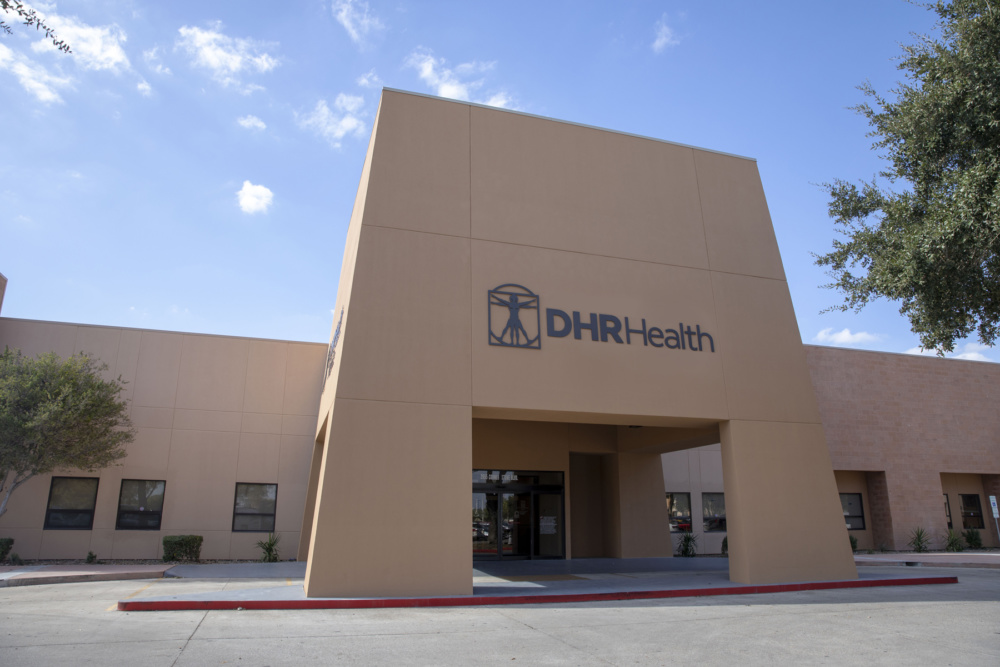? Premiums for several health plans are increasing by an average of 25 percent next year.
? Consumers in many states have significantly fewer insurance options on gov, including some with only one company from which to choose.
? Statistics recently released by the Centers for Medicare and Medicaid Services (CMS) show that several small health insurers and co-op plans incurred large charges under the ACA’s risk-adjustment program.
The probability of a full repeal of the ACA is unlikely. Even President-elect Trump is toning down his rhetoric, saying he may keep significant parts of the law. However, undoubtedly, the law will see changes over the next few years. However; the ACA evolves, the shift in the healthcare industry, from fee-for-service to value-based care, will continue. That is why this remains a great time for small- to mid-size payers. Payers that have the analytic tools to understand their member’s needs and can deliver quality outcomes will succeed regardless of the state of the ACA.
Let’s take a close look at one controversial aspect of the law and how it can actually benefit small- to mid-size payers.
Does the Risk-Adjustment Program Favor Larger Payers?
This is just the second year that risk-adjustment payments are due, and many smaller insurers have had to pay into the program both years.
The intent of risk-adjustment payments is to transfer pooled funds from plans with lower-risk customers to those with higher risk. The goal of the program is to ensure that companies with sicker populations are not put in financial risk from caring for their members. It is also intended as a safety net since, under the ACA, it is illegal to deny anyone coverage due to previous illness.
The report from the CMS stated that, “These correlations confirm that risk adjustment is working as intended to transfer funds from issuers with low actuarial risk to plans with high actuarial risk.”
However, many small insurers are crying foul, claiming that the risk-adjustment payments aren’t working as intended and the formula favors bigger payers with more claims experience, and more ability to manipulate data. These smaller payers argue that they are being unfairly penalized, and that it only appears that they have healthier members when they really just don’t have as much claims data.
“These correlations confirm that risk adjustment is working as intended to transfer funds from issuers with low actuarial risk to plans with high actuarial risk”
These numbers do not tell the whole story. It’s not that these smaller payers don’t have as much claims data, it’s that they’re using the wrong data. Population health is local. Many of these smaller companies are using the same actuarial-based risk stratification and predictive analytics tools as the larger companies. Those are tools that were developed using large data sets at a national level and tend to be mile-wide and inch-deep in their predictive and prescriptive capabilities. Using these tools leaves smaller insurers exposed because they are employing analytics that do not capture the characteristics of their population’s state-of-health risk characteristics.
How Smaller Insurers Can Succeed
Smaller insurers have a smaller margin for error than larger insurers. So these companies need to be sharper in their analysis and execute flawlessly. Smaller insurers need to use tools like risk adjustment, risk stratification, and predictive analytics to capture the characteristics of their local population to understand their unique risk, cost, and utilization drivers.
They need to be more agile, nimble, and innovative to developing distinctive programs that have a high impact on outcomes, because the programs that work in Pennsylvania will not work in Texas, Oklahoma, California, etc. A good example is GlobalHealth, a regional payer located in Oklahoma that uses predictive analytics as the basis for its proactive outreach program that transformed the company, saved millions in healthcare costs, and improved the health of its members.
One of GlobalHealth’s priorities in creating their outreach program was finding an analytics partner with a solution that could seamlessly integrate and evolve with the company. They selected VitreosHealth.
We can assist any small- to mid-sized payer in the same way that we helped GlobalHealth. The first thing we do is perform a State-of-Health Analysis by taking the last three years of the payer’s data to understand the clinical, non-clinical, behavioral, financial, and utilization risk drivers of their local populations. By understanding the historical patterns, VitreosHealth develops customized predictive models to identify the future high cost members. We also identify the gaps-in-care that drive these poor outcomes and help payers design tailor-made programs to target these potential high cost members before they become high cost. VitreosHealth is three to four times better than most of the current market solutions in their predictive accuracy and our payment models are based on our customers’ improvement in outcomes.
Investing in a data analytics can be difficult on small- to mid-sized payers. VitreosHealth make it easy by requiring no changes to their customer’s existing IT infrastructure.
For more information visit www.vitreoshealth.com or call 972.954.9992. VitreosHealth is located at 5151 Headquarters Drive, Suite 220 in Plano, TX 75024.





Recent Comments